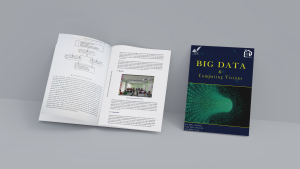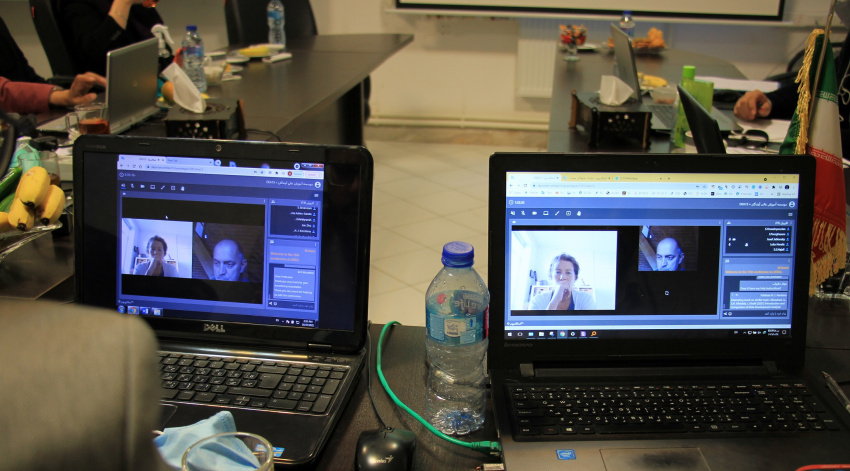Submission Requirement
- Registration of all the article authors on the journal’s website
- Writing the article according to the journal format (can be downloaded from the journal’s website)
- Completing and submiting conflict of interest and copyright forms
- Compliance with publishing ethics (link)
- Strict adherence to the referencing style
Referencing Style
In text. Indicate references by number(s) in square brackets in line with the text. The actual authors can be referred to, but the reference number(s) must always be given.
List. Number the references (numbers in square brackets) in the list in the order in which they appear in the text. References should be written in Palatino Linotype 9 pt. font and multiple line spacing at 1.15 based on the following style:
Reference to a journal publication:
- Youssf, O., ElGawady, M. A., & Mills, J. E. (2016). Static cyclic behavior of FRP-confined crumb rubber concrete columns. Engineering structures, 113, 371-387. https://doi.org/10.1016/j.engstruct.2016.01.033
- Najafi, H. S., & Edalatpanah, S. A. (2013). Iterative methods with analytical preconditioning technique to linear complementarity problems: application to obstacle problems. RAIRO-operations research, 47(1), 59-71.
Reference to a book:
- Liao, H., & Xu, Z. (2017). Hesitant fuzzy decision making methodologies and applications. Springer Singapore.
Reference to a chapter in an edited book:
- Mettam, G. R. & Adams, L. B. (2009) How to prepare an electronic version of your article. In Jones, B. S. & Smith, R. Z. (Eds.), Introduction to the electronic age (pp.281-304). New York: E-Publishing Inc.
Reference to a conference paper:
- Hakani Raj, A. (2010, May). Development of an intelligent sensor based inspection robot for closed environment. Proceedings of the 2015 5th Nirma University international conference on engineering (NUiCONE) (pp. 1-6). IEEE. DOI: 10.1109/NUICONE.2015.7449591
Submission declaration and verification
Submission of an article implies that the work described has not been published previously (except in the form of an abstract, a published lecture, or academic thesis), that it is not under consideration for publication elsewhere, and that, if accepted, it will not be published elsewhere in the same form, in English or any other language, including electronically without the written consent of the copyright holder. Furthermore, the article submitted indicates that its publication is approved by all authors and tacitly or explicitly by the responsible authorities where the work was carried out. In addition, your article may be checked by the Plagiarism Detection Software “iThenticate” to verify originality.
Contributions of Authors
For transparency, we encourage authors to submit an author statement file outlining their individual contributions to the article using the relevant CRediT roles: Conceptualization; Data curation; Formal analysis; Funding acquisition; Investigation; Methodology; Project administration; Resources; Software; Supervision; Validation; Visualization; Roles/Writing – original draft; Writing – review & editing. Authorship statements should be formatted with the names of authors first and CRediT role(s) following.
Funding source
You are requested to identify who provided financial support for the conduct of the research and/or preparation of the article and to briefly describe the role of the sponsor(s), if any, in study design; in the collection, analysis, and interpretation of data; in the writing of the report; and in the decision to submit the article for publication. This should be stated if the funding source(s) had no such involvement.
To maintain the peer review system, authors can participate in the peer review process to evaluate the articles of others.
The regular review process includes the following items:
- Checking the English language
- Format/Style check based on the Journal’s paper template
- Plagiarism check (Once submitting the manuscript, Editors of REA use the PLAGIARISM software to check the submitted articles against millions of other published scholarly articles, books, conference papers, dissertations, other academic content, and billions of web pages to ensure their originality.)
- Editorial board fast review
- Blind peer reviews the manuscript by at least two potential experts in the field of the paper if it passes the four items mentioned above.


